Discover 9 hidden attractions, cool sights, and unusual things to do in Ise-Shima National Park (Japan). Don't miss out on these must-see attractions: Ise Grand Shrine, Meoto Iwa, and Sakatejima. Also, be sure to include Kongōshō-ji in your itinerary.
Below, you can find the list of the most amazing places you should visit in Ise-Shima National Park (Mie).
Table of Contents
Ise Grand Shrine
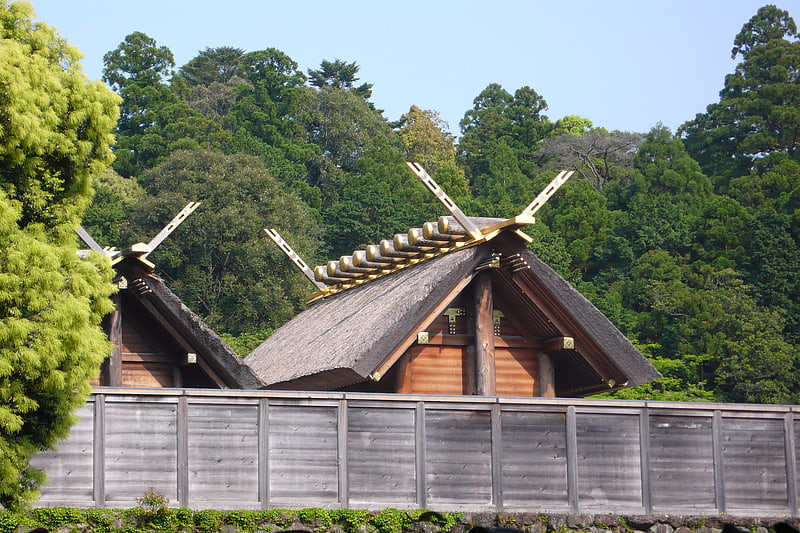
Also known as: 伊勢神宮
7th-century Shinto shrine compound. The Ise Grand Shrine, located in Ise, Mie Prefecture of Japan, is a Shinto shrine dedicated to the sun goddess Amaterasu. Officially known simply as Jingū, Ise Jingū is a shrine complex composed of many Shinto shrines centered on two main shrines, Naikū and Gekū.
The Inner Shrine, Naikū (also officially known as "Kōtai Jingū"), is located in the town of Uji-tachi, south of central Ise, and is dedicated to the worship of Amaterasu, where she is believed to dwell. The shrine buildings are made of solid cypress wood and use no nails but instead joined wood. The Outer Shrine, Gekū (also officially known as "Toyouke Daijingū"), is located about six kilometers from Naikū and dedicated to Toyouke-Ōmikami, the god of agriculture, rice harvest and industry. Besides Naikū and Gekū, there are an additional 123 Shinto shrines in Ise City and the surrounding areas, 91 of them connected to Naikū and 32 to Gekū.
Purportedly the home of the Sacred Mirror, the shrine is one of Shinto's holiest and most important sites. Access to both sites is strictly limited, with the general public not allowed beyond sight of the thatched roofs of the central structures, hidden behind four tall wooden fences. However, tourists are free to roam the forest, including its ornamental walkways which date back to the Meiji period.
During the Edo period, it is estimated that one out of ten Japanese conducted an Okage Mairi pilgrimage to the shrine. Accordingly, pilgrimage to the shrine flourished in both commercial and religious frequency. According to historical documents, 3.62 million people visited the shrine in 50 days in 1625, and 1.18 million people visited the shrine in three days in 1829 when the grand festival held every 20 years was held. Because the shrine is considered sanctuary, no security checkpoints were conducted, as it was considered sacrilege by the faithful. The two main shrines of Ise are joined by a pilgrimage road that passes through the old entertainment district of Furuichi.
The chief priest or priestess of Ise Shrine must come from the Imperial House of Japan and is responsible for watching over the Shrine. The current high priestess of the shrine is Emperor Emeritus Akihito's daughter, Sayako Kuroda.[1]
Meoto Iwa

Also known as: 二見興玉神社
Shinto shrine in Ise, Japan. Meoto Iwa, or the Married Couple Rocks, are two rocky stacks in the sea off Ise, Mie, Japan. They are joined by a shimenawa and are considered sacred by worshippers at the neighboring Futami Okitama Shrine. According to Shinto, the rocks represent the union of the creator kami, Izanagi and Izanami. The rocks, therefore, celebrate the union in marriage of man and woman. The shimenawa, composed of five separate strands which each weigh 40 kilograms, must be replaced several times a year in a special ceremony. The larger rock, said to be male, has a small torii at its peak.
At dawn during the summer, the sun appears to rise between the two rocks. Mount Fuji is visible in the distance. At low tide, the rocks are not separated by water.
Okitama Shrine is dedicated to Sarutahiko Ōkami and imperial food goddess Ukanomitama. There are numerous statues of frogs around the shrine. The shrine and the two rocks are near the Grand Shrine of Ise, the most important location of purification in Shinto.[2]
Sakatejima
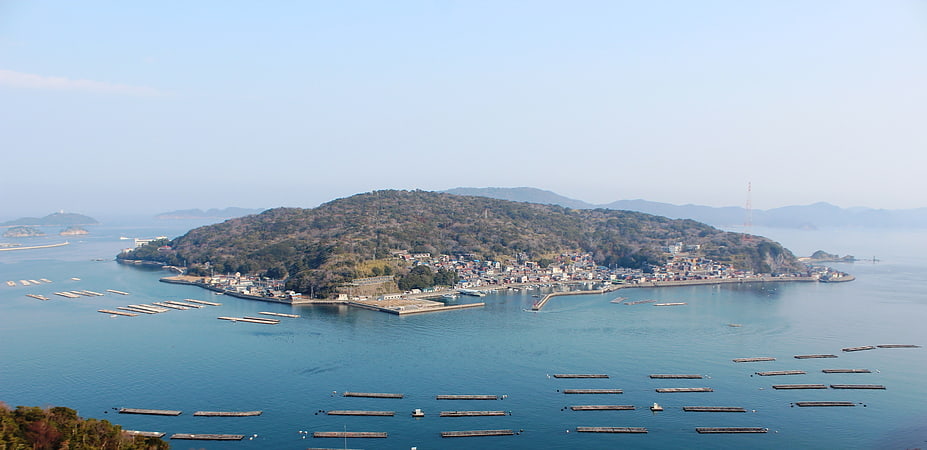
Island in Toba, Japan. Sakatejima also known as Sakate Sima, Sakate-jima, or Sakate-shima, is an island located in Ise Bay off the east coast of central Honshu, Japan. It is administered as part of the city of Toba in Mie Prefecture. It is the smallest of the four inhabited islands of Toba, and is the closest of the four islands to the mainland. Landmarks in the area include Toba-kō and Nakanogō-eki. Time zone is Asia/Tokyo.
Sakatejima is connected to mainland Toba by a public ferry. Most of the population is engaged in commercial fishing or fish processing, tourism, or commute to mainland Toba for work.[3]
Kongōshō-ji
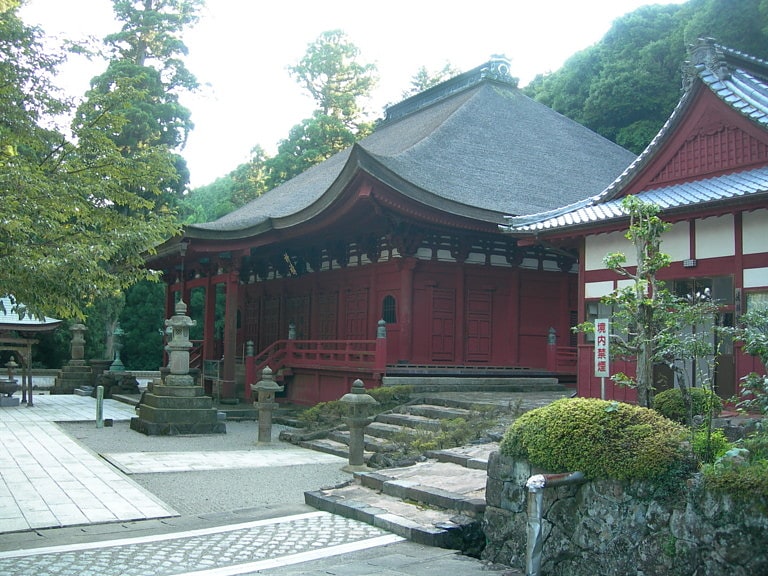
Also known as: 金剛證寺
Temple in Ise, Japan. Kongōshō-ji is a Rinzai school Zen Buddhist temple in the Asamacho neighborhood of the city of Ise, Mie Prefecture Japan. Its main image is a statue of Kokūzō Bosatsu. Founded in the Asuka period, it has been closely associated with the Ise Grand Shrine throughout its history and contains numerous National Treasures and Important Cultural Properties. The sutra mounds found on Mount Asama behind the temple were designated a National Historic Site in 1936.[4]
Address: 548 Asamacho, 516-0021 Ise
Anorisaki Lighthouse
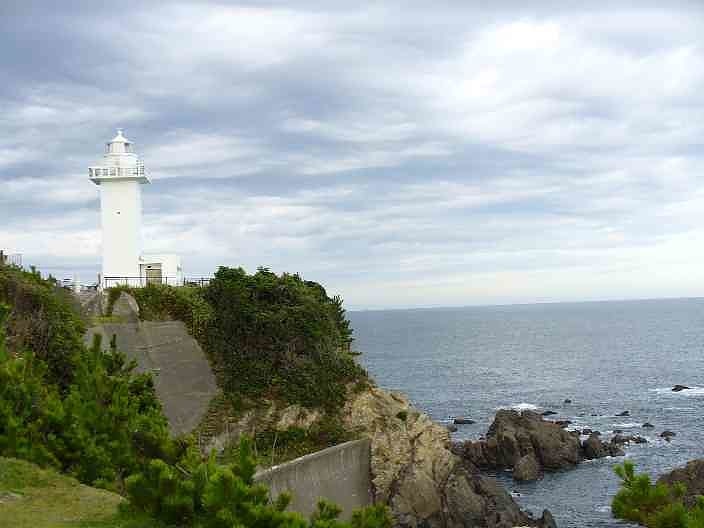
Also known as: 安乗埼灯台
Lighthouse in Shima, Japan. Anorisaki Lighthouse is a lighthouse on the top of Shima Peninsula in the city of Shima, Mie Prefecture, Japan.[5]
Kamiji Dam

Also known as: 神路ダム
Scenic spot in Shima, Japan. Kamiji Dam is a dam in Shima, Mie Prefecture, Japan.[6]
Haino bo wu guan
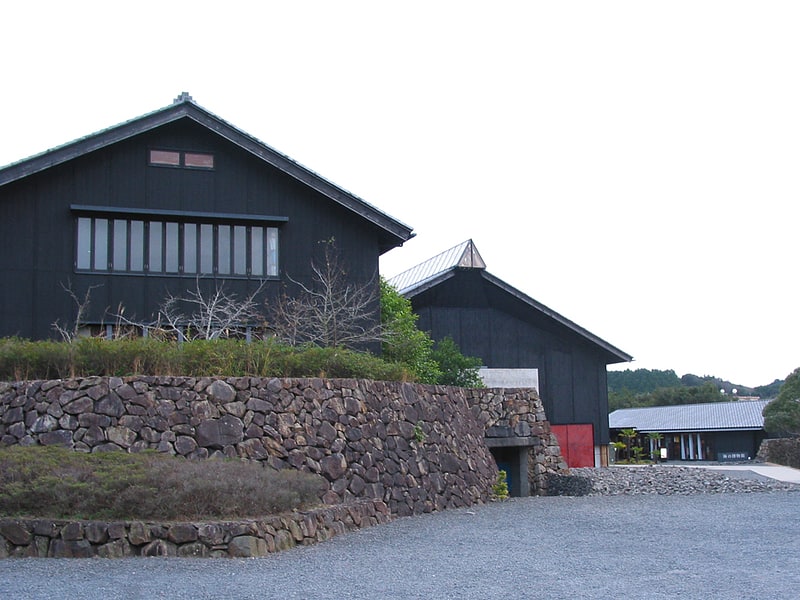
Museum in Toba, Japan. Toba Sea-Folk Museum is a museum dedicated to the area's fishing traditions in Toba, Mie Prefecture, Japan. Having first opened as the private Sea-Folk Museum in 1971, the museum reopened in its current location in 1992, and in 2017 was reestablished as a public, municipal museum under its current name. In 1998, the museum buildings, designed by Naitō Hiroshi, were included amongst the 100 Select Instances of Public Architecture by the then Ministry of Construction. The collection, numbering some 61,840 items as of 31 March 2018, includes some ninety wooden boats from all over Japan, the nation's most comprehensive assemblage of materials relating to the Ama, and a grouping of 6,879 pieces of Ise Bay, Shima Peninsula, and Kumano Sea Fishing Equipment that have been jointly designated an Important Tangible Folk Cultural Property. The displays are organized around seven themes: traditions of sea-folk, sea-folk faith and festivals, sea pollution, Ama divers in Shima, fishing in Ise Bay, fishing in Shima and Kumano, and wooden boats and navigation.[7]
Erihara Dam
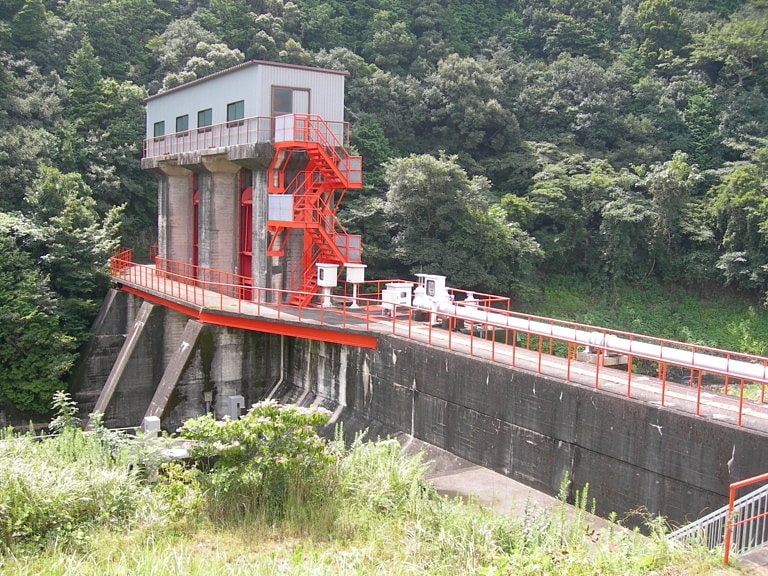
Erihara Dam is a dam in Shima, Mie Prefecture, Japan.[8]
Toba National College of Maritime Technology

Also known as: 鳥羽商船高等専門学校
College in Toba, Japan. Toba National College of Maritime Technology is one of five maritime colleges in Japan. Established in 1881, it is the oldest continuously-operated national maritime college in the country.[9]